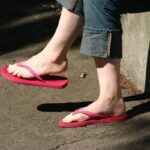Summertime is sandal season, but if you have toenail fungus, wearing sandals can be a challenge. Fortunately, there are some steps you can take to make sandals more comfortable and less likely to cause your toenail fungus to flare up. Keep reading for tips on how to wear sandals with toenail fungus.
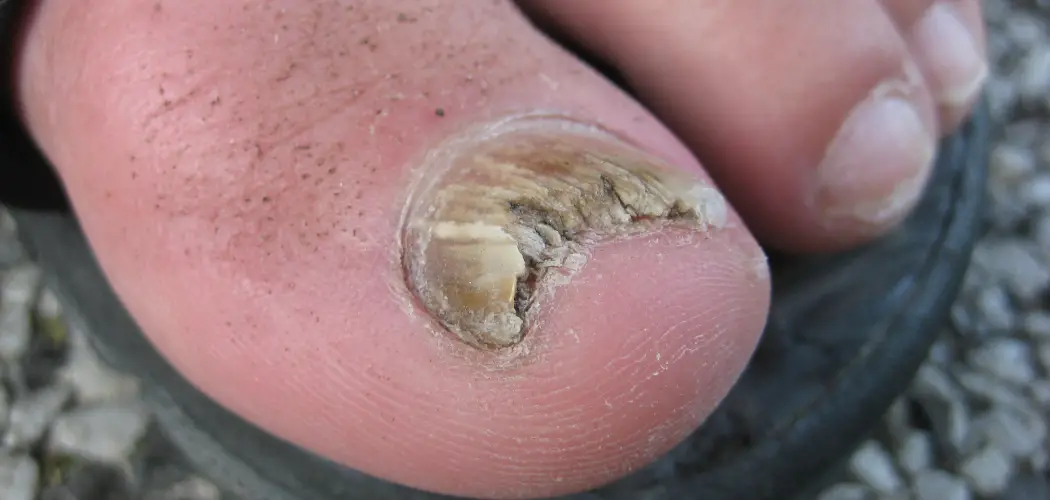
It’s that time of year again when sandals make an appearance, and people can finally show off their freshly pedicured toes. But what if your toenails are not so fresh? What if they are plagued by toenail fungus? Can you still wear sandals? The answer is yes, but with a few precautions. Keep reading for tips on how to wear sandals with toenail fungus.
What Problem May You Face While Wearing Sandals With Toenail Fungus?
1. Make You Uncomfortable
Wearing sandals with toenail fungus may be uncomfortable as the infected area may rub against the shoe and cause pain or irritation. It is the most common and painful symptom of toenail fungus. It will also cause discomfort when walking or standing for long periods of time.
2. Spread the Fungus to Others
Wearing sandals with toenail fungus may also spread the fungus to others, potentially causing them to develop the infection as well. This can occur through direct contact with your infected toe or from touching contaminated surfaces such as shared shower floors.
3. Embarrassment
You may feel self-conscious or embarrassed about wearing sandals with toenail fungus, as the infection can cause your nails to become discolored, thickened, and brittle. This can affect how you present yourself in social situations and make you hesitant to show off your feet in open-toe shoes.
4. Painful Experience
You may also experience discomfort or pain while walking in sandals due to the infection affecting the nail or surrounding skin. It is a very painful experience while walking or standing for long periods of time. And also, the fungus may cause the nail to separate from the skin, increasing the likelihood of pain and injury.

7 Ways About How to Wear Sandals With Toenail Fungus
1. Use a Clear or Flesh-toned Base Coat
This will help hide discoloration and make your nails blend in with the rest of your feet. It is very important to keep your nails clean and trimmed. Otherwise, it will cause your fungus to spread. So make sure to keep up with regular nail care and maintenance.
2. Use a Nail Fungus Treatment
There are many over-the-counter treatments available, but it is important to consult with your doctor before using any of them. It may take several weeks to see results, so be patient and diligent with applying the treatment as directed.
3. Choose Sandals That Offer Toe Coverage
Opt for sandals that have an enclosed toe area or straps that cover your toes. This will help hide any discoloration and fungus while still being able to show off your pedicure and wear sandals. It will also help you feel more confident and comfortable while wearing sandals.
4. Use a Powder or Anti-Fungal Spray
Before putting on your sandals, sprinkle some anti-fungal foot powder or spray onto your toes to help keep the fungus at bay and prevent it from spreading. So make sure to do this daily when wearing sandals.
5. Keep Your Feet Clean and Dry
Fungus thrives in damp environments, so it’s crucial to keep your feet clean and dry at all times. Use an anti-fungal foot wash, and make sure to completely dry your toes before putting on socks or shoes. Also, make sure to change your socks daily and never wear damp or sweaty shoes.
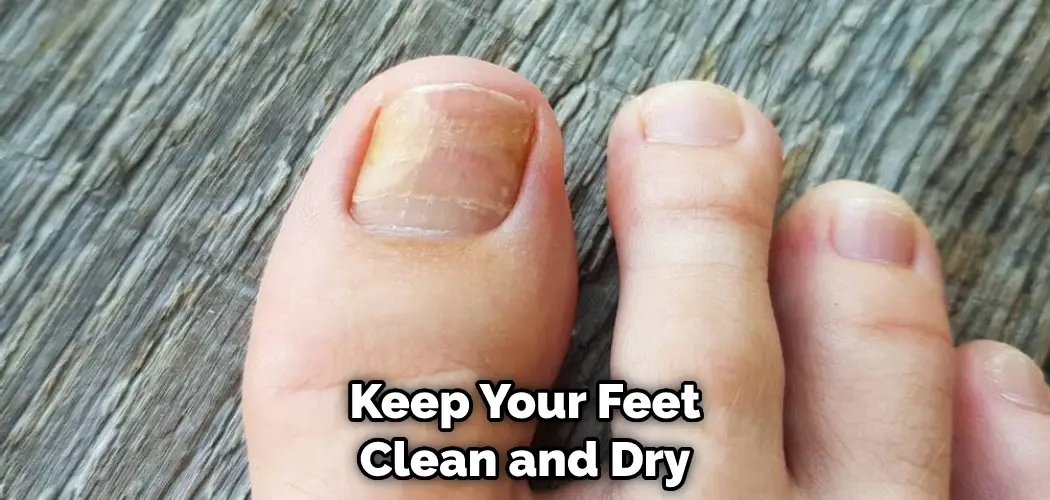
6. Choose Breathable Sandals
Look for sandals made with a breathable material such as leather or canvas to allow air circulation and prevent moisture buildup on your feet. Wearing open-toed sandals will also help air out your toes and keep them dry.
7. Wear Socks with Your Sandals
This may seem counterintuitive, but wearing socks with your sandals can actually help keep your feet clean and dry while also hiding any discoloration on your toes. Look for breathable socks made with cotton or other natural fibers to avoid trapping moisture on your feet. And make sure to change your socks daily.
Overall, the most important thing to remember when wearing sandals with toenail fungus is to keep your feet clean and dry at all times. And don’t be afraid to try different styles and techniques to hide the discoloration while still being able to rock those cute sandals. Remember, you deserve to feel confident and comfortable in your skin.
Precautions You Must Take to Avoid Toenail Fungus
1 . Keep Your Feet Clean and Dry at All Times
Make sure to wash and dry your feet thoroughly, especially in between your toes. So it is very important to wear clean socks and change them regularly.
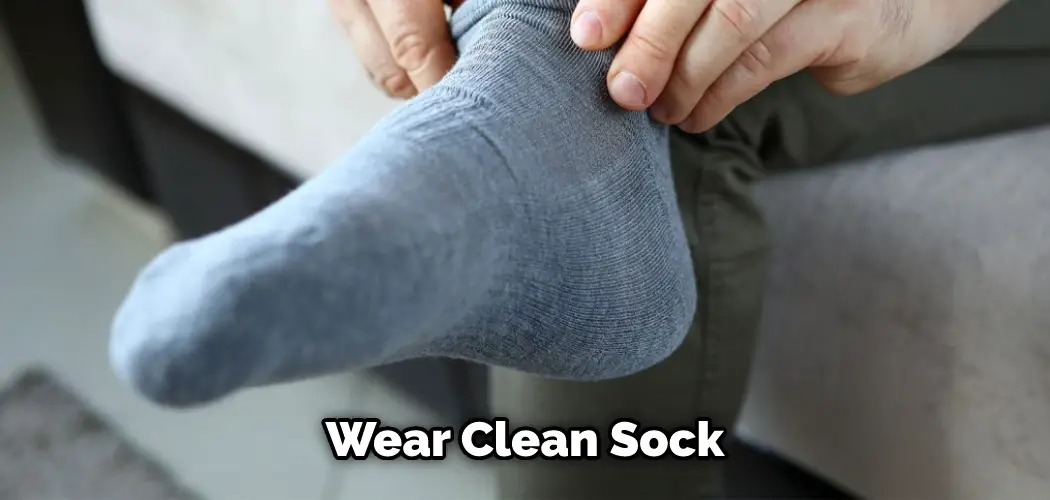
2 . Avoid Walking Barefoot in Public Spaces
This includes public showers, locker rooms, or swimming pools where fungus can easily spread from surfaces to your feet. It is very harmful to your health so avoid it as much as possible. Otherwise, wear flip-flops or sandals while in these public spaces.
3 . Treat Your Toenail Fungus Before Wearing Sandals
Before wearing sandals, consider treating your toenail fungus with over-the-counter or prescribed medication. This will not only make your feet look better but also prevent the spread of the fungus to others.
4 . Choose Open-Toed Sandals
Opt for sandals that leave your toes exposed rather than covering them completely. This allows for better air circulation and prevents moisture build-up, which can worsen the fungus. So it will be great if you wear open-toed sandals.
5 . Apply Antifungal Powder to Your Feet
Before slipping on your sandals, apply antifungal powder to your feet to reduce moisture and prevent the spread of the fungus. Consider bringing along a travel-size bottle of powder for reapplication throughout the day.
6. Keep Your Sandals Clean
Regularly clean your sandals with soap and water to prevent the buildup of fungus and bacteria. Allow them to dry fully before wearing them again. Make sure to also clean any other shoes you wear regularly.
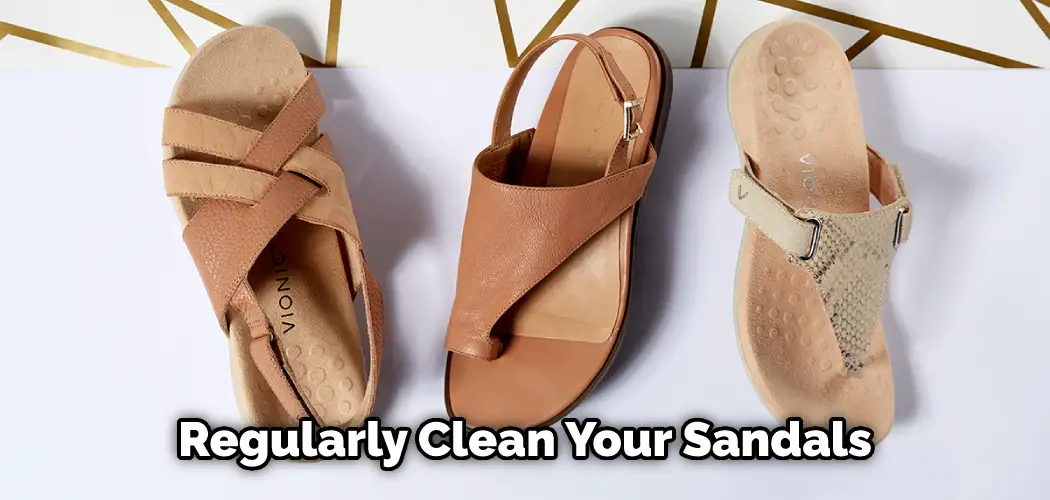
7. Avoid Sharing Shoes or Socks
The fungus can easily spread from person to person through shared shoes or socks, so make sure not to share these items with others. And it’s always a good idea to wear flip-flops in public showers or locker rooms.
8. Choose Breathable Shoes and Socks
Fungus thrives in warm and moist environments, so wearing breathable shoes and socks made with natural fibers such as cotton will help keep your feet dry. Avoid wearing synthetic materials or tight-fitting shoes that may trap moisture. Otherwise, it will worsen the fungus.
9. Consult a Doctor
If your toenail fungus persists or worsens despite taking precautions, it is important to consult a doctor for treatment options. They may prescribe medication or suggest other methods to treat the fungus and prevent its spread.
Overall, taking these precautions will not only help improve the appearance of your toenail fungus but also prevent its spread to others. And don’t forget to consult your doctor for any questions or concerns about treating and preventing toenail fungus.
Things You Should Not Do if You Have Toenail Fungus
1. Do Not Use Polish or Artificial Nails
This might cover up the fungus, but it will not treat it and can even make it worse. So make sure to keep your natural nails bare and exposed to air and treatment. It will help you treat the fungus more effectively.
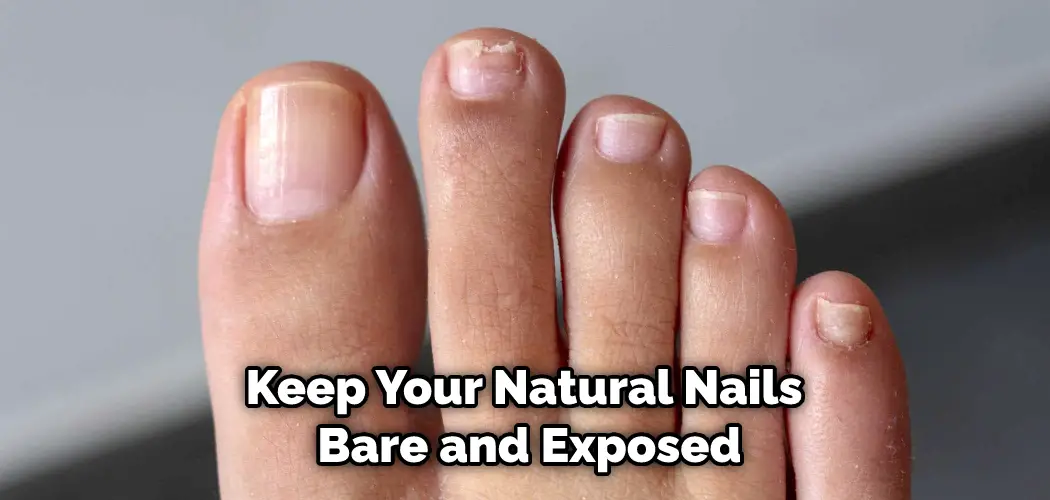
2. Do Not Share Towels or Nail Clippers
Toenail fungus is highly contagious, so make sure not to share towels or nail clippers with anyone else, as this can spread the infection even further. So make sure to keep your personal grooming tools and towels to prevent spreading.
3. Do Not Ignore Treatment
It is important to seek proper treatment for your toenail fungi, such as antifungal medication or laser therapy. Ignoring it can lead to the infection spreading and worsening. So make sure to consult with a doctor on the best treatment options for you.
4. Do Not Stop Treatment Early
It is important to stick to the full treatment course recommended by your doctor, even if the fungus seems to improve. Stopping treatment early can lead to a relapse of the infection. So make sure to follow through with the full treatment plan for the best results.
5. Do Not Delay Seeking Treatment
It is important to seek treatment as soon as possible, as the fungus can spread and worsen over time. So make sure to consult with a doctor if you suspect you have toenail fungus rather than delaying or ignoring it.
Taking these steps and precautions can help treat and prevent toenail fungus, allowing you to confidently wear sandals and show off your beautiful feet. So don’t let toenail fungus hold you back – take the necessary actions to keep your feet healthy and fungi-free!
Frequently Asked Questions
How Long Does It Take to Treat Toenail Fungus?
The length of treatment varies for each person and can depend on the severity of the infection and the type of medication used. It can take up to 12 weeks or longer for the fungus to clear fully. So make sure to follow your doctor’s instructions and be patient with the treatment process.
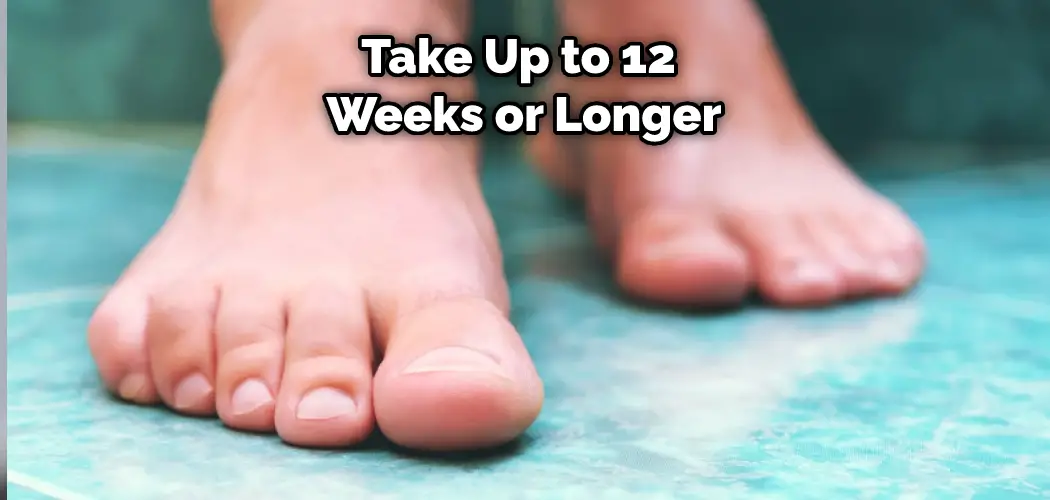
Can Toenail Fungus Spread to Other Parts of the Body?
In rare cases, toenail fungus can spread to other parts of the body such as the hands or nails. This can occur if there is a weakening of the immune system or through direct contact with the infected nail. So it is important to take proper precautions and seek treatment as soon as possible.
Can I Get Toenail Fungus From a Pedicure?
Yes, getting a pedicure at an unsanitary facility or using contaminated tools can lead to the spread of toenail fungus. So make sure to choose a reputable salon and ensure that they properly sanitize their tools before use.
Is Toenail Fungus Permanent?
No, toenail fungus is not permanent and can be treated with medication or other therapies. But it is important to seek treatment as soon as possible and take preventative measures to avoid re-infection. So don’t wait – take action to get rid of your toenail fungus and show off those healthy toes!
Is Toenail Fungus Painful?
It depends on the severity of the infection. In some cases, toenail fungus can cause discomfort and pain, while in others, it may not have any symptoms at all. So make sure to seek treatment if you experience any pain or discomfort associated with toenail fungus.
How Can I Prevent Toenail Fungus?
Some preventative measures include keeping your feet clean and dry, avoiding sharing towels or nail clippers, wearing appropriate footwear in public places such as pools or gym showers, and properly sanitizing pedicure tools before use. So make sure to take these precautions to avoid toenail fungus and keep your feet healthy.
You Can Check It Out Check Shoes for Bed Bugs
Conclusion
Many people suffer from toenail fungus, and as summer approaches, they may be wondering how to wear sandals with toenail fungus without being embarrassed.
While the condition is unsightly, there are several things that you can do to cover up the problem and enjoy your summer. With a little bit of creativity, you can camouflage the fungus and feel confident in your sandals.
If you have toenail fungus and don’t want to wear closed-toe shoes all summer, try one of these tips for wearing sandals without showing off your unsightly nails. If you’re still self-conscious about your nail fungus, make an appointment with a podiatrist to discuss treatment options.
With a little help from professionals and some careful styling, you can enjoy the warmer months without sacrificing your fashion sense.

